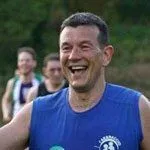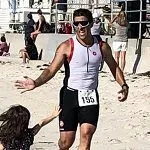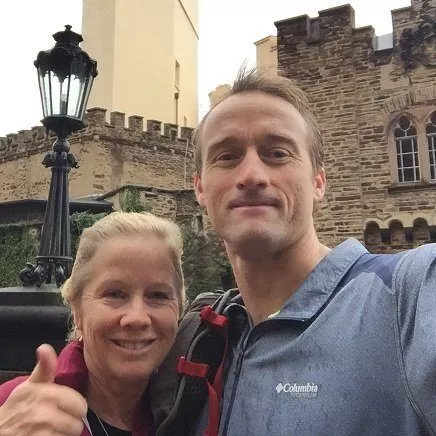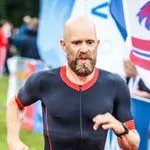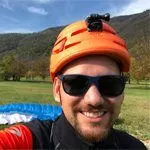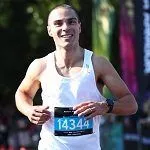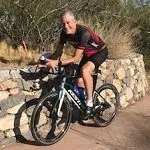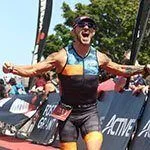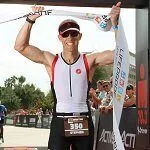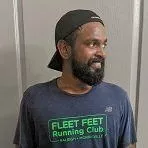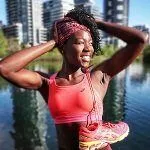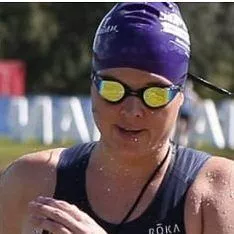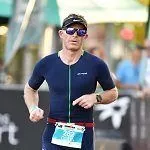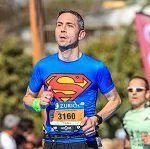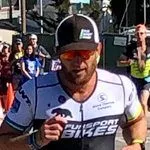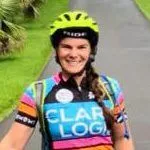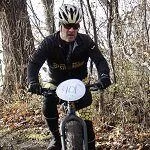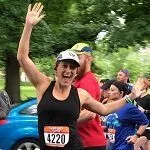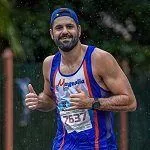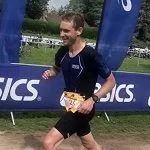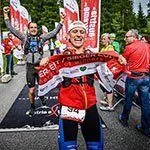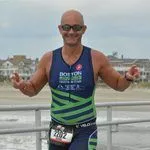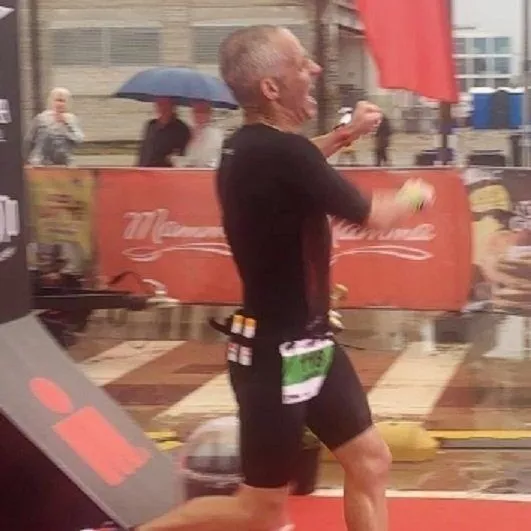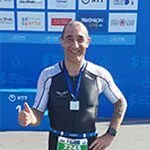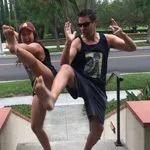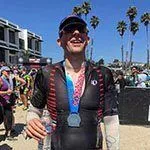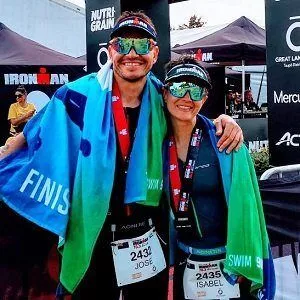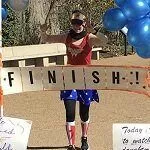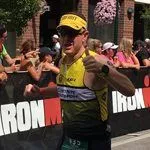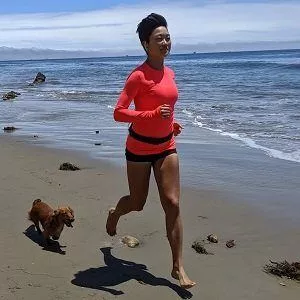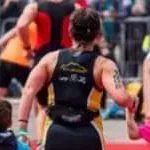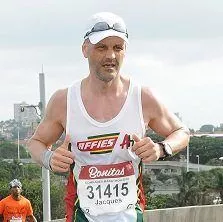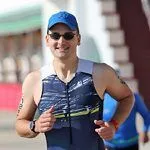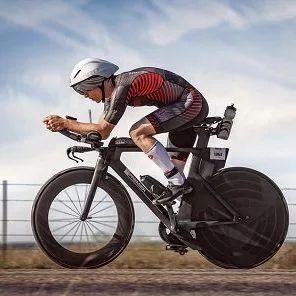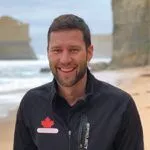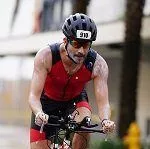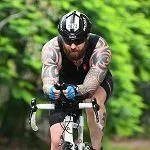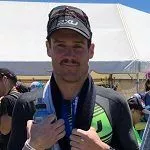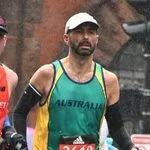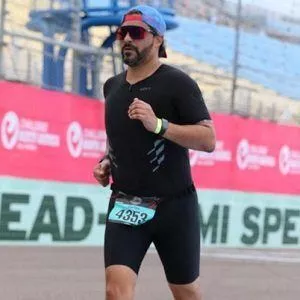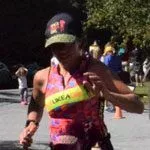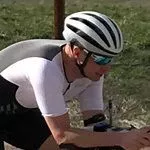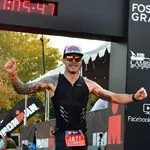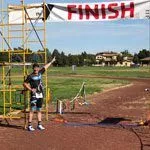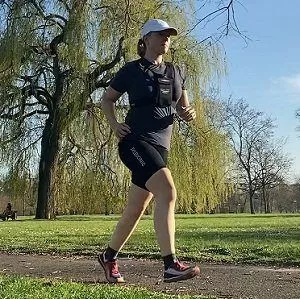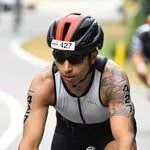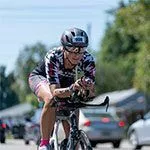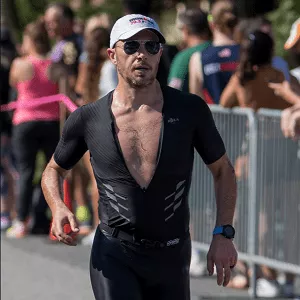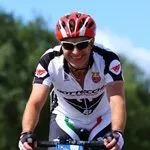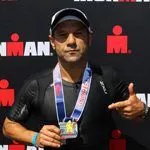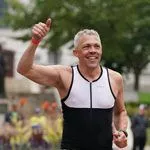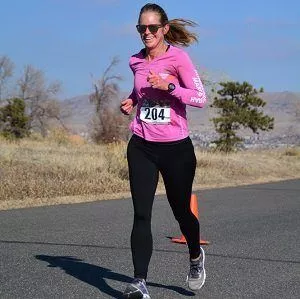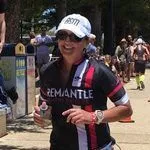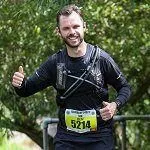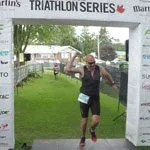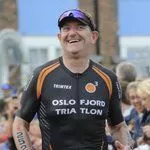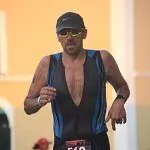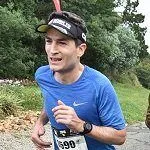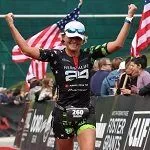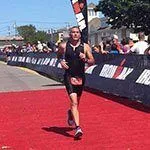Understanding Your 80/20 Endurance Swim Strong Plan
by Leyla Porteous
Be sure to read Intensity Guidelines for Swimming and Understanding Your TrainingPeaks Structured Workout Plan after reading this article.
The 80/20 Endurance Swim Strong plans have been curated by Dan Daly, CSCS (traindaly.com) a highly sought-after performance coach, presenter, and mentor. Dan is committed to helping swimmers swim stronger and longer by developing their efficiency, strength, and athleticism, and to expand their love and performance in both pool and open water swimming, triathlon, and general fitness and endurance.
Each plan features swim and dryland sessions structured to help you improve your swim stroke, mobility, strength, and power. The sessions all come with video links that will help you execute the drills and dryland movements effectively.
Each 16-week plan has four (4) phases:
Phase 1: 4 weeks: Balance and Buoyancy + Mobility
Phase 2: 4 weeks: Entry & Extension + Stability
Phase 3: 4 weeks: Catch & Pull + Strength
Phase 4: 4 weeks: Exit & Recovery + Power
Each phase has been structured to provide the appropriate amount of time to master the movements and skills which will be built upon in subsequent phases. Each phase also carefully deconstructs the different elements of the swim stroke and biomechanics required for efficient and powerful swimming.
Swim sessions focus on technique with a weekly increase in drill complexity and volume. The dryland phases progress in complexity, volume, load, and speed of movement. If you feel you have not mastered a particular skill or intensity, it is ok to stick with a previous week’s prescription before progressing. Each phase of the plan carefully deconstructs the different phases of the swim stroke and biomechanics required for efficient and powerful swimming.
Equipment Required
Swim Equipment:
The following swim equipment (or sometimes called swim aids or swim toys) are suggested, for use throughout the plans to help with the proper execution of drills and for body awareness.
Swim equipment can help improve and refine key components of your swim technique, while also building a feel for body position and propulsion.
- Front Mounted Swim Snorkel
- Swim Fins
- Swim Paddles
- Pull Buoy
- Kick Board
Dryland Equipment:
The following equipment is required for the Swim Dryland Sessions.
- Foam Roller
- Trigger Point ball(s)
- Mat
- Kettlebell(s) or Dumbbell(s)
- Dryland Cord, Band or Cables
- Pull Up Bar
- Slides or Towels
- Medicine Ball or Sandbell
- Weighted belt of Weight Vest
sEquipment and Load Selection
Swim sessions have a list of suggested equipment for each workout, along with specific equipment needed within the sessions. Swim equipment can serve both as an aid to a newer swimmer or specific technique flaw or as a load, to reinforce technique or to develop strength and power. Use equipment as suggested and interchangeably to develop different feel, competency, and fitness through the various phases. In some key intervals, the swim equipment will be noted such as “BUOY” for any “pull” intervals.
For dryland exercises, a variety of equipment is listed that will help you execute the sessions. You will see options for certain pieces of equipment that are interchangeable such as “Kettlebell or Dumbbell”. Substitutions can be made easily with common equipment you may have at home or your local gym. Focus on the execution of the movement patterns and intensities with the comparable equipment available to you.
For exercises involving bands, choose a resistance level that you perceive as “moderate” for a given exercise. As you get stronger and accustomed to the load you can increase a bands resistance, to a degree, by the amount of stretch, or selecting a thicker band.
For exercises involving weights (kettlebell/dumbbells) select a load that you could lift within 2 reps of the prescription. If you can consistently perform 2 additional reps per set, increase the load and work back up. Generally, 1-4 fixed or adjustable weights, ranging 25-40% of bodyweight, provide versatile resistances throughout the phases.
Workout Format
Each workout is structured in a way to allow you to get the most out of your swim and dryland sessions.
Swim Workouts:
Swim workouts will be formatted as:
FOCUS: What area of the swim stroke is being developed
EQUIPMENT: Equipment you will need in your swim bag to use during the session.
DISTANCE: How far (this is in yards or meters)
WU: Warm up. Easing into the session
DRILLS: Drills that you will be doing. Each linked to a corresponding video in the pre-workout box below.
CD: Cool-down. A chance to ease yourself out of the workout and finish feeling great.
After each swim interval, there will be time noted (e.g. :15, 1:00) which indicates your rest time between swim intervals.
Dryland Workout
Your swim strength sessions will be formatted as:
A1 4x8
A2 5x5
A3 6x3e
1:00
Letters correspond to a group of exercises done as a superset back-to-back without rest in the sequentially numbered order. Volume prescriptions are noted as sets x reps (e.g.: 4x8, 4 sets of 8 reps) For single limb or single sided exercises, the same number of reps should be completed on each leg, arm, or side, within each set. (e.g.: 6x3e, 6 sets of 3 each) When listed, time indicates rest time between sets. When available, more time between sets is always better, with an emphasis on technical proficiency and intensity (reps, load, or speed of movement) within each set.
Unless otherwise noted, more rest between sets and within workouts is better for these drills and exercises, to enhance skill acquisition and to maintain the prescribed intensity.
Glossary of Key Terms
EZ Free: Smooth, relaxed, flawless stroke
EZ Speed: Smooth, relaxed, fast stroke. Faster than EZ, but sustainable and flawless.
Fast Free: All out efforts, emphasizing intensity and turnover.
